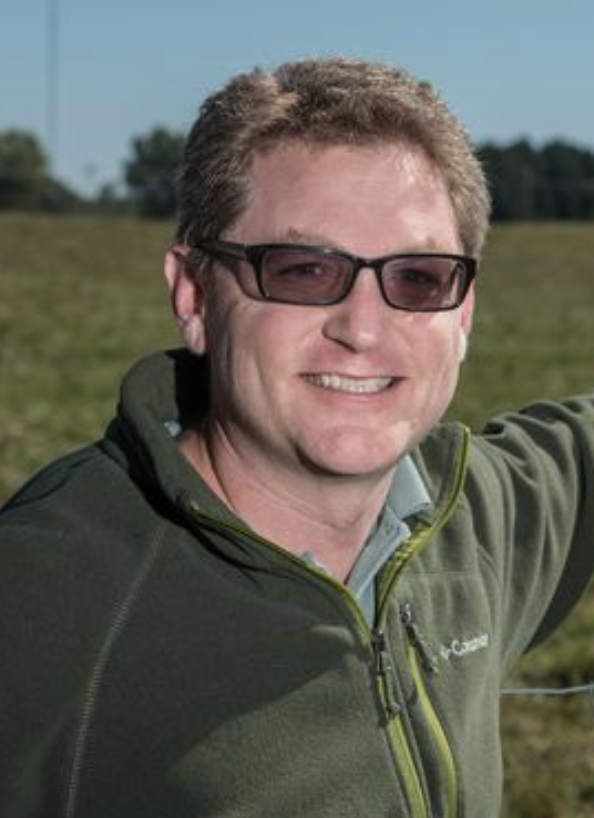Q&A with animal scientist Jason Rowntree
Michigan State University is one of the top 100 research universities in the world and a member of the prestigious Association of American Universities, widely regarded as among the top research-intensive institutions in North America. The following story highlights one of the many examples of MSU’s research excellence and innovation.
Jason Rowntree is an associate professor in the Department of Animal Science in the College of Agriculture and Natural Resources and a C.S. Mott Professor of Sustainable Agriculture at Michigan State University.
Q: What is regenerative agriculture?
A: Regenerative agriculture focuses on enhancing and restoring holistic (complete versus individual) and resilient systems supported by functional ecosystem processes (like photosynthesis) and healthy soils in crop and grasslands. To restore degraded landscapes, a suite of management tools focusing on soil health can be used to improve landscape function. This includes enhancing biodiversity and ground cover, creating living roots in annual crop systems throughout the year plus the introduction of grazing animals back into cropland.
The improvement can take time. You may not see measurable changes in soil and water cycling for five years — it’s a long haul.
Our farmers are standing on a key solution for Michigan’s long-term resilience with actual mitigation potential of a changing climate.
Q: How does grazing livestock improve farmland?
A: Most often, cattle are synonymous with negative environmental impacts, but there is a saying, ‘It’s not the cow, it’s the how.’ At the Lake City AgBioResearch Center, we look at how grazing livestock can be profitable and improve landscape function simultaneously. By using biomimicry (nature-inspired designs) from wild migrating ruminants (such as bison), cattle are grouped in a smaller pasture, allowed to graze and trample unused grass back to the soil surface and then the pasture is allowed to recover for a long period of time. This strengthens plant root systems, which helps to return carbon dioxide from the atmosphere to the soil. Deeper roots also increase the resilience of the plant and help the soil retain more water. Biodiversity is also enhanced.
Q: How does regenerative agriculture provide more water for crops?
A: Litter (dead grass and whatever is left from livestock grazing) is laid on top of the landscape surface. Insects and other critters break everything down (including manure) which then provides food for microbes. This creates organic matter that acts like a sponge to absorb more water and prevent runoff. These improvements can lead to greater productivity and lower input costs.
Q: What is the goal of the new Center for Regenerative Agriculture at MSU?
A: The overarching goal of the Center is to see regenerative agriculture adopted on a majority of Michigan’s crop and grassland acres. We aim to be the hands and feet out in the state working with stakeholders, organizations and farmers. The goal is to encourage the adoption of these regenerative agriculture principles across the broader state and identify bottlenecks along the way. Michigan’s farmers and ranchers are applying these methodologies today, and our goal is to see what works for the whole of Michigan Agriculture. Every farm is different. We, too, are interested in digital agriculture, food nutrient density, socioeconomics and improving diversity in agriculture.
The Center recently received a $19 million grant from the Foundation for Food and Agriculture Research, among other funders, to measure ecological function at scale in our nation's grasslands. It’s an exciting project. We are using the best technology available today. While climate change is concerning, our focus is on our food system’s resilience. It’s going to take everything we have ecologically and technologically. We tend to think technology is going to save us all. I would argue it is going to take as much ecology as technology to address the aspects of resilience in our landscapes.
